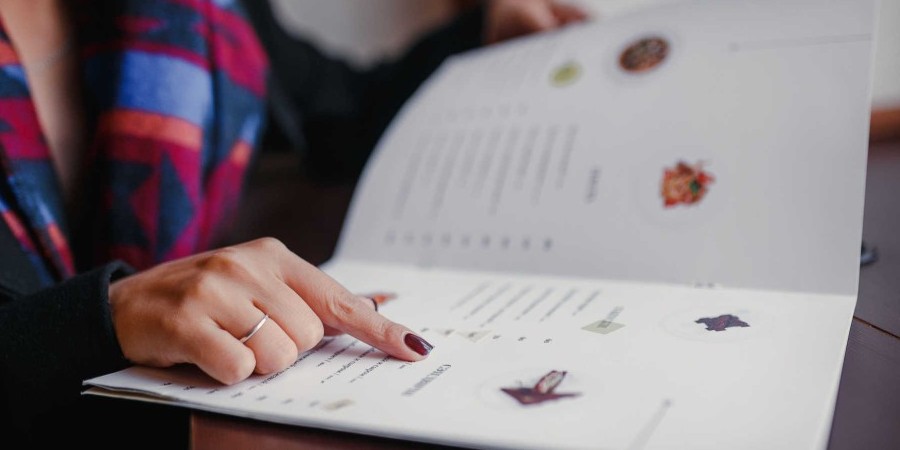
Last time on our restaurant startup series, we explored the nuances of good menu design. Now, we'll be taking a look at another equally important aspect of the menu: pricing items.
It goes without saying that whenever a customer opens a menu, the only other thing relevant to them besides the description is the price of the meal. Hopefully, that number is reasonable—but how does a restaurant decide on what that number should be? There are several metrics and tactics that owners can consider to price their menu in ways that are not only appealing to customers, but satisfactory for the business' financial goals and limits.
One helpful method for calculating menu prices is to use food cost percentage. Food cost percentage is the cost of making the menu items proportional to the restaurant's sales. For example, if a restaurant's total food cost percentage is 36%, that means that approximately 36 cents are spent on food for every dollar made by the restaurant. The percentage can represent the restaurant operations as a whole, but it can also be calculated for individual menu items. The formula for this percentage is as follows:
Food Cost Percentage = (Cost of Production / Food Sales) x 100
Many restaurants target total food cost percentages around the 28-to-35% margin. However, this introduces a limitation of the food cost percentage calculation: there is no "ideal" percentage. This is because restaurants differ greatly in the size of their operations, their target market, and other important aspects, meaning that their costs will also be very different. The food cost percentage that works for a given restaurant will depend on that restaurant's financials.
You can also determine your gross profit margin and factor that into your pricing. Gross profit margin is also known as your net profit, calculated by subtracting total operating and labor costs from your gross profit. Items should be priced in ways that make them profitable, which will help you save more after cost deduction.
Another method for pricing food is by analyzing the competition. Looking at how other restaurants price their items can help in the formulation of a baseline for your menu. Competition should influence pricing in sensible ways. For instance, if the idea of your menu is to be a lower-cost alternative, you should be looking at ways to lower the prices of your items relative to competing restaurants.
Pricing based on demand analysis is a method similar to competition-based pricing. With demand analysis, the owner assesses the restaurant's place in the market, specifically the amount of competition and how that influences demand. If you own a burger restaurant in a town with many other burger restaurants, a demand analysis will likely show that you shouldn't price items too high—there are many other alternatives that customers will go to for lower prices. However, if you happen to be the only burger restaurant in town, there is much less risk in pricing higher, as customers likely cannot get your restaurant's type of product anywhere else.
After the menu items are properly priced, the owner should look into ways to maintain item profitability. The best way to go about this is through menu engineering. Big ticket items, the ones that are most popular at your establishment, should be highlighted on the menu to ensure their continued profitability. This can be done in a number of ways, from bright colors to large fonts. For items that are not as profitable as the most popular items, some assessment should be done. Opportunities for improving items should be taken, and reorienting the menu may be necessary as well to better promote these items. For severely underperforming dishes, it would be wise to either substantially rework the item or remove it entirely.
………………………………………………………………..
Pricing the menu is difficult and complex. As such, there is no one way to properly do it. However, by utilizing multiple methods and answering specific questions about costs, limits, resources, and capabilities, a restaurant owner can find a clearer answer about how to price the items on the menu. The best pricing scheme is the one that results in value for both the customer and the owner.


Bad |
Rate as 5 star | Good |
||

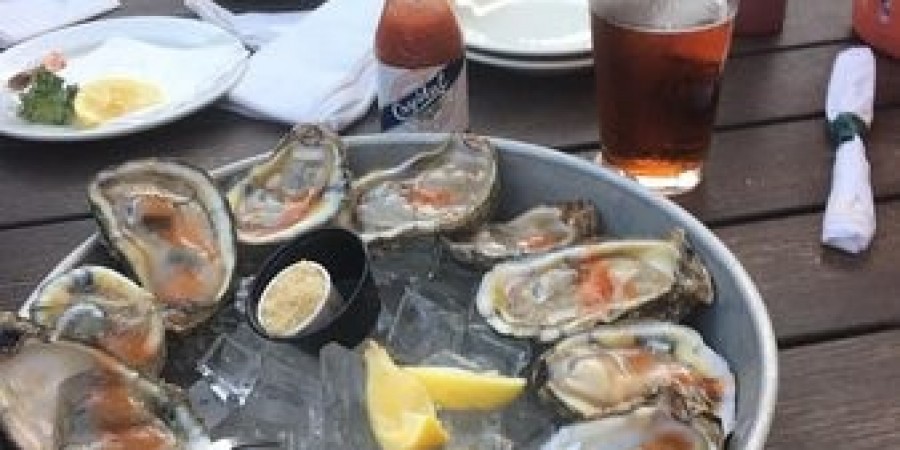
 Filter by category. | |
| REW | 152 |
| REW Academy | 131 |
| Restaurants | 129 |
| Website Categories | 125 |
| Articles | 117 |
| Kitchen | 53 |
| Vendors | 32 |
| Tutorials | 29 |
| Food | 26 |
| Customers | 22 |
| Events | 15 |
| Interviews | 9 |
| Web | 8 |
| Funny | 7 |
| Infographic | 6 |
| Social Media | 5 |
| Trends | 3 |
 Most popular (top 5) | |
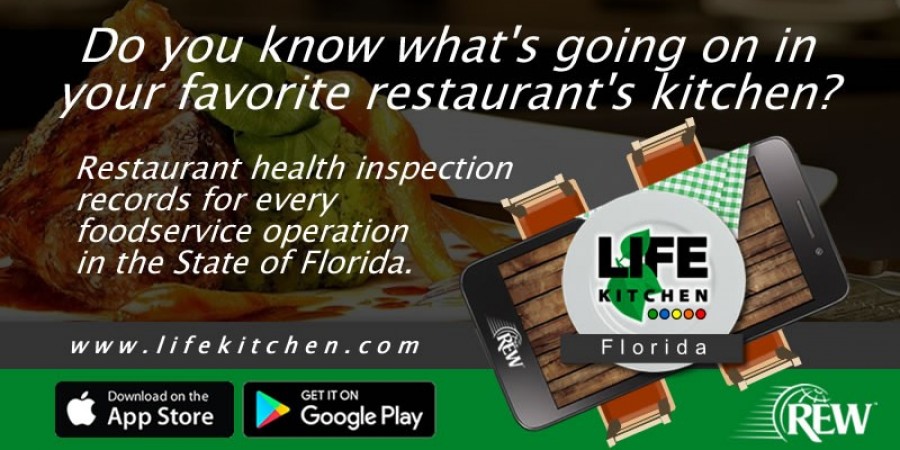 | Life Kitchen Florida App |
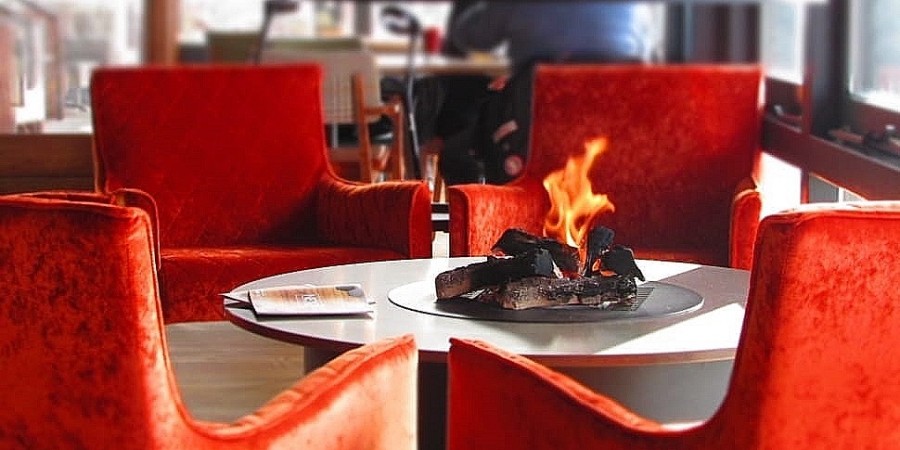 | Indoor Chairs and Bar Stools Overview |
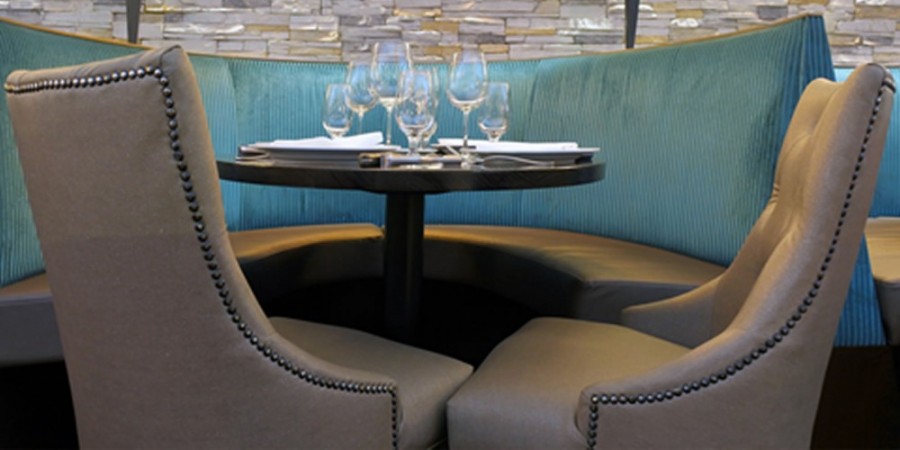 | Booths |
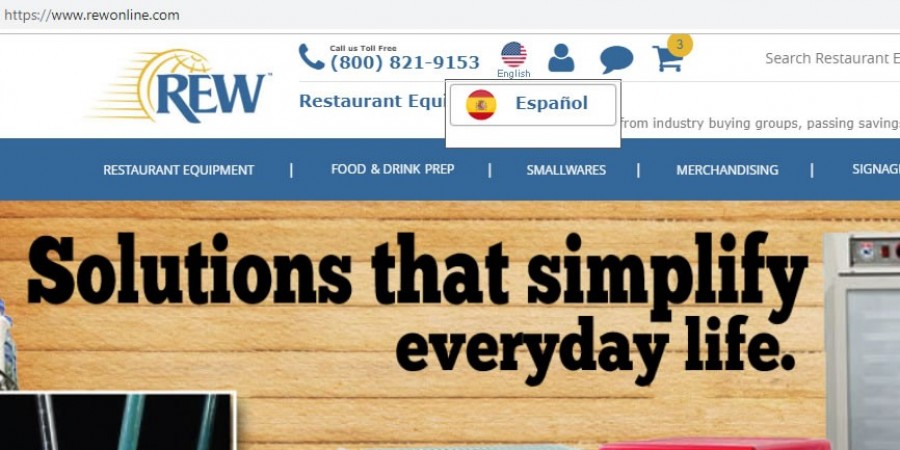 | Restaurant Equipment World (REW) Launches NEW Spanish Version of Website |
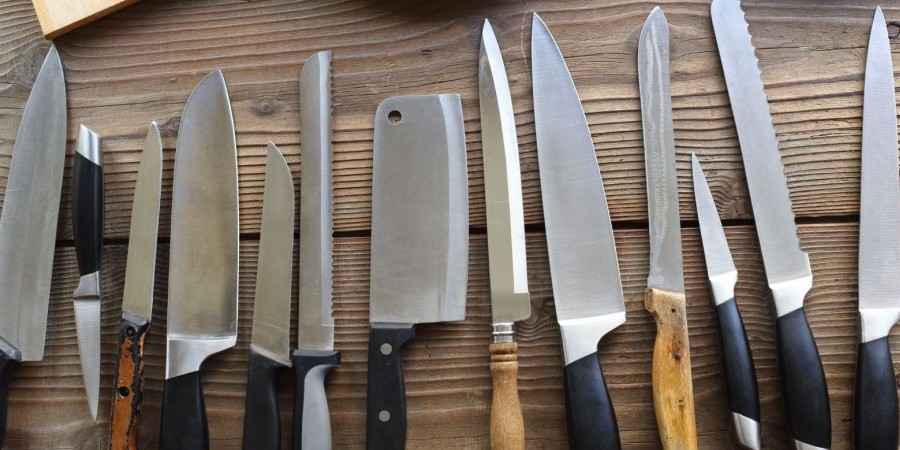 | Complete Guide to Cooking Knives |